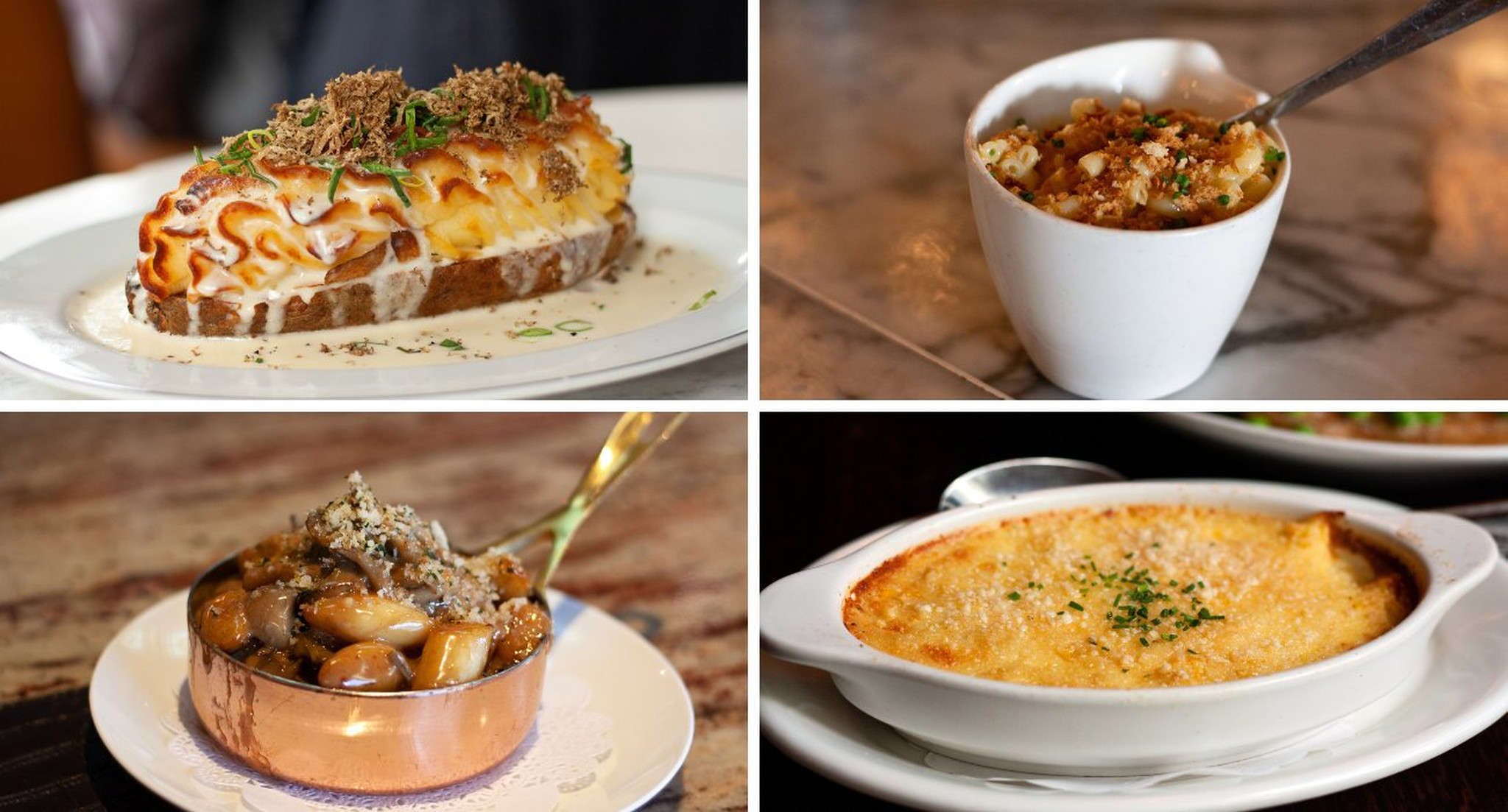Exploring the Rich and Delightful Italian Food Traditions
When it comes to culinary excellence, few countries can rival Italy. Known for its rich flavors, vibrant ingredients, and a deep-rooted cultural heritage, Italian cuisine has captured the hearts and taste buds of people around the world. In this article, we delve into the fascinating world of Italian food traditions, exploring the iconic dishes, regional variations, and the unique customs that make Italian cuisine so cherished.
The Role of Freshness and Simplicity
At the core of Italian food traditions lies an unwavering commitment to fresh, high-quality ingredients. Italians value the natural flavors of their produce and believe that the best dishes are created by letting the ingredients speak for themselves. From ripe tomatoes to fragrant herbs, every element of an Italian meal is carefully selected to ensure optimum taste and texture.
Furthermore, simplicity is key in Italian cooking. Rather than overwhelming dishes with an array of complex flavors, Italians prefer to let a few key ingredients shine. Whether it’s a classic Margherita pizza with its perfect balance of tomato, mozzarella, and basil or a traditional pasta aglio e olio flavored solely with garlic, olive oil, and chili flakes, Italian cuisine demonstrates that sometimes less is truly more.
Regional Delicacies and Cultural Significance
Italy is a country of diverse culinary traditions, with each region boasting its own unique specialties. From the hearty ragù of Bologna to the mouthwatering Neapolitan pizza, every area has its iconic dishes that have been passed down through generations. This regional diversity is a testament to the importance Italians place on local produce and the cultural significance of food.
For instance, in the north of Italy, you’ll find an emphasis on rich, creamy sauces like the famous Alfredo sauce from Rome. Meanwhile, in the southern regions, the cuisine is heavily influenced by the Mediterranean, with an abundance of seafood and fresh vegetables taking center stage.
Aside from the diverse flavors, Italian food traditions also play a significant role in social gatherings and celebrations. Family and friends come together around the table, sharing hearty meals, engaging in lively conversations, and creating cherished memories. This communal aspect of Italian dining adds a special touch to the overall experience.
Preserving Authenticity and Passing on Traditions
In recent years, the concept of “authentic Italian cuisine” has gained prominence globally. Italians take great pride in preserving their food traditions and, as a result, several organizations work tirelessly to protect and promote the authenticity of Italian dishes.
The “Protected Designation of Origin” (PDO) and “Protected Geographical Indication” (PGI) labels are granted to products that adhere to specific production methods originating from particular regions in Italy. These labels help consumers identify genuine Italian products and support local farmers and producers.
Embrace Italian Food Traditions
Whether you’re an avid food lover or someone looking to expand their culinary horizons, exploring Italian food traditions is a delightful journey. From the simplicity of a traditional bruschetta to the complexity of handmade tortellini, each bite tells a story of heritage, passion, and excellence.
Next time you savor that bowl of creamy risotto or relish a slice of decadent tiramisu, take a moment to appreciate the rich tapestry of Italian food traditions, which have captivated hearts and palates across the globe.











